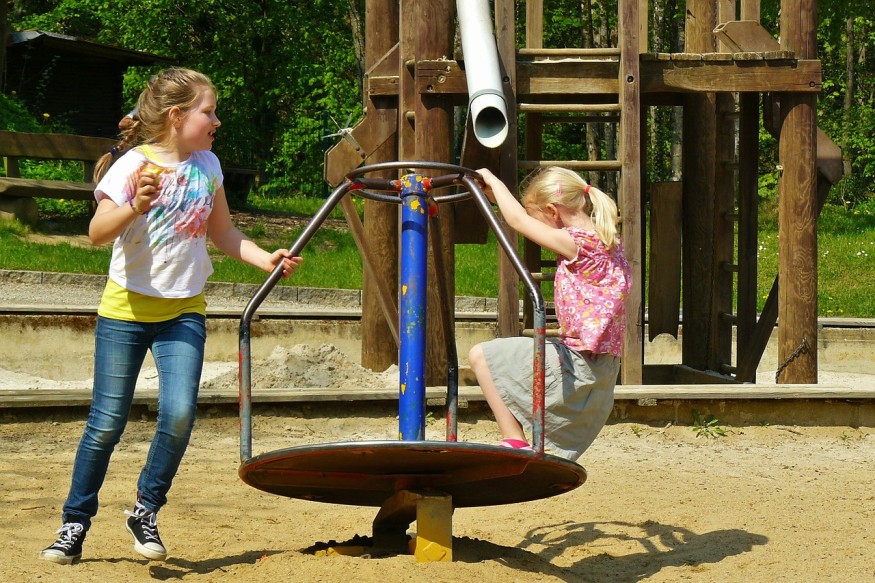Recent research showed an association of moderate, vigorous physical activity to curbing arterial stiffening in children.
According to the Faculty of Sport and Health Sciences at the University of Jyvaskyla's Dr. Eero Haapala, their study specifically showed that increased levels of physical activity were associated with more elastic arteries and improved dilatation capacity.
Essentially, a Hindustan Times report specified, higher moderate and vigorous physical activity levels can help limit arterial stiffening that already exists in childhood.
The recent finish study though indicated that sedentary time or aerobic fitness was not associated with arterial health, as well.

Stiffened Arteries
The findings, based on the ongoing study, Longitudinal associations of physical activity, sedentary time, and cardiorespiratory fitness with arterial health in children - the PANIC study, were published in the Journal of Sports Sciences.
It was conducted in collaboration among researchers from the University of Jyvaskyla, the University of Eastern Finland, The University of Cambridge, and the Norwegian School of Sport Sciences.
Stiffened arteries, a similar News-Medica.Net report specified, are among the first signs of increased risk of cardiovascular disease, and hardening of the arteries has been observed even in children.
High physical activity levels, shorter sedentary time, and good physical fitness build the bases for cardiovascular diseases in adults, but little is known about their function in promoting arterial health in children, specifically primary school students.
Impacts on Arteries
Dr. Haapala said their study findings suggest too, that the positive impacts and vigorous activity on arterial health are partially explained by their favorable impacts too, on body composition.
In addition, the study authors discovered too that the healthiest arteries in children who have the highest levels of moderate and vigorous physical activity, although similar links were not observed with either sedentary time or light-intensity activity.
The key message of their research, Dr. Haapala explained, is that beginning from childhood, increasing moderate and vigorous physical activity is the core in the prevention of cardiovascular disease.
He added, nevertheless, it is worthy to remember that each step is essential since shortening sedentary time and increasing light physical activity have many health impacts, even though they may not yield direct impacts on the arteries.
Measuring Through DXA Device
The study examined the link of physical activity, aerobic fitness, and sedentary time, as well as the changes in them over a two-year follow-up with arterial stiffness and dilatation capacity in more than 240 children whose ages range between six and eight years at the beginning of this research.
Moreover, physical activity was measured through the use of combined heart rate and movement monitor, and arterial stiffness and dilatation capacity through the use of pulse contour analysis.
Meanwhile, body composition was gauged through the use of a dual-energy X-ray absorptiometry or DXA device.
DXA Device
DXA, according to the Patient website, is a test that measures the density of bones. Defining the word "density," the said source specifies, it means how much of something there is in a particular amount of space.
The denser the tissue, the fewer X-rays are passing through. Additionally, more water and air are less dense compared to solid things like bone.
This is because the particles making air and water, are not held together closely. Generally, the denser the bone, the tougher it is, and the less possible it is to fracture.
Related information is shown on the American Journal of Medicine's YouTube video below:
RELATED ARTICLE: Post-COVID-19 Vaccination: How to Know If You Need to Mask Up After Getting Fully Vaccinated
Check out more news and information on Medicine & Health in Science Times.
© 2025 ScienceTimes.com All rights reserved. Do not reproduce without permission. The window to the world of Science Times.












